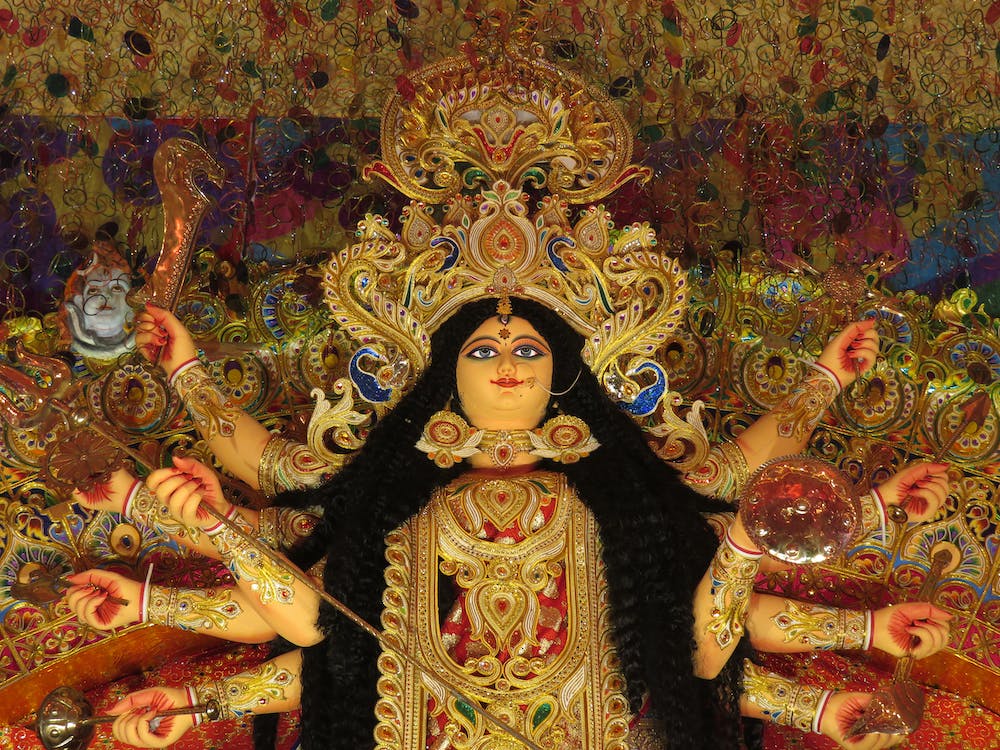Second Day Rituals of Navratri-Maa Brahmacharini Puja Vidhi

The second day of Navratri is dedicated to Goddess Brahmacharini, the second form of Goddess Durga. Brahmacharini is a representation of the unmarried form of Goddess Parvati, who observed severe penance to attain Lord Shiva as her husband. This form of the goddess symbolizes penance, spirituality, and dedication.
On the second day of Navratri, devotees perform specific rituals and ceremonies to honor Goddess Brahmacharini. Here are some common practices associated with the second day of Navratri:
- Color of the Day: Each day of Navratri is associated with a specific color. The color for the second day is usually green. Devotees may choose to wear green clothes and decorate the altar or the area where the goddess is worshipped with green flowers and fabrics.
- Puja and Rituals: Devotees perform a special puja to invoke the blessings of Goddess Brahmacharini. This may include chanting prayers, reciting hymns, and performing aarti. The idol or image of the goddess is bathed, adorned with new clothes and jewelry, and offered various offerings.
- Fasting: Fasting is a common practice during Navratri, and some devotees choose to fast on the second day to seek the goddess’s blessings. They may consume only certain foods like fruits, milk, and light meals. Some people observe a complete fast, abstaining from food and water until the evening.
- Mantras and Chants: Devotees recite specific mantras and chants dedicated to Goddess Brahmacharini. The chanting of these mantras is believed to purify the mind and create a spiritual connection with the goddess.
- Cultural Programs: In many communities, cultural programs and events are organized to celebrate Navratri. This may include dance performances, music concerts, and other cultural activities that showcase the rich heritage associated with the festival.
- Offerings: Devotees make various offerings to the goddess, such as flowers, fruits, sweets, and coconuts. These offerings are considered a way of expressing devotion and seeking the goddess’s favor.
- Visiting Temples: Many devotees visit temples dedicated to Goddess Durga or Parvati on the second day of Navratri. Temples are beautifully decorated, and special ceremonies are conducted to honor the goddess.
It’s important to note that the specific rituals and customs associated with Navratri may vary across different regions and communities. Devotees usually follow the traditions passed down through generations in their families or communities.



